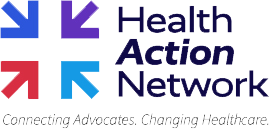Scapegoating PBMs diverts focus away from who’s really to blame for high drug prices; meanwhile, research continues to poke holes in Big Pharma’s innovation rhetoric; a new campaign is launched highlighting the value of employer-provided health coverage; and, patients want hospitals to disclose emergency room fees.
We encourage you to stay involved as implementation efforts surrounding healthcare reform progress. Visit the Health Action Network and be sure to let us know what’s on your mind.
Item of the Week
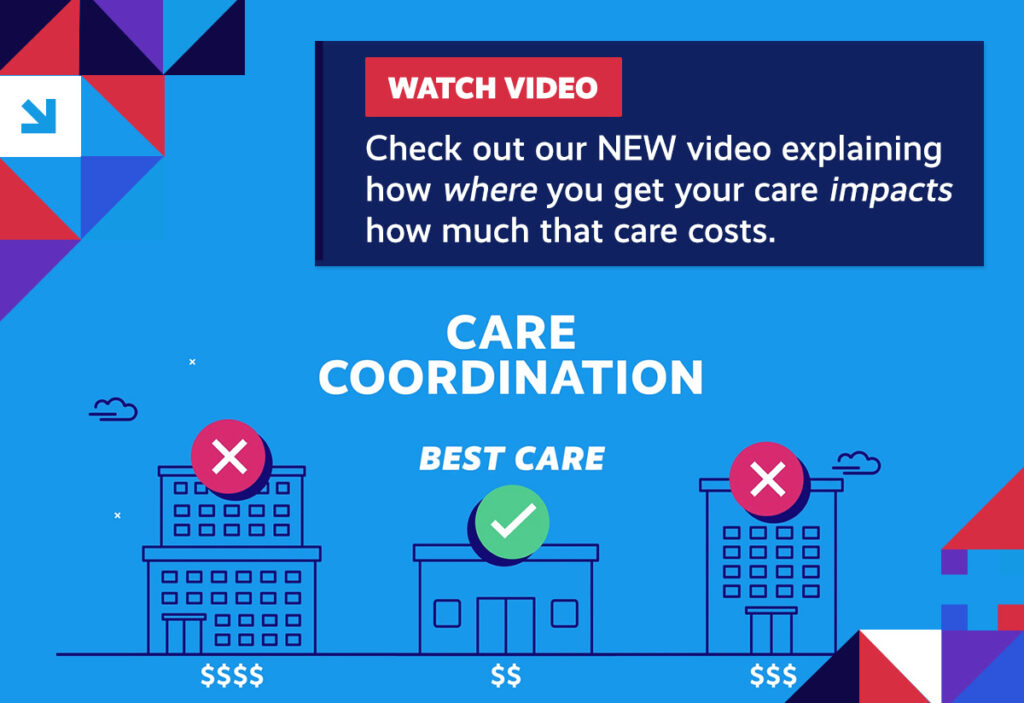
Week in Review
PBMs: The price of prescription drugs understandably dominates so much of the policy conversation surrounding rising healthcare costs. Unfortunately, concerted efforts by the pharmaceutical industry have hijacked so much of that focus, seeking to divert attention away from the outsized role that drug manufacturers play in the trajectory of drug prices by blaming others in the supply chain, including pharmacy benefit managers (PBMs). However, experts are quick to counter this narrative, pointing out that PBMs play a necessary and effective role on behalf of health plans, employers, and government programs, working to keep costs down for consumers. In fact, by virtue of their own independent analyses, coming out of, both, the Government Accountability Office and the Department of Health & Human Services’ Office of the Inspector General, the government has even acknowledged that efforts to constrain PBMs would be counterproductive – reinforced by a separate study which found that eliminating the tools deployed by PBMs to negotiate lower prices would actually increase costs for enrollees in the Medicare Part D prescription drug program.
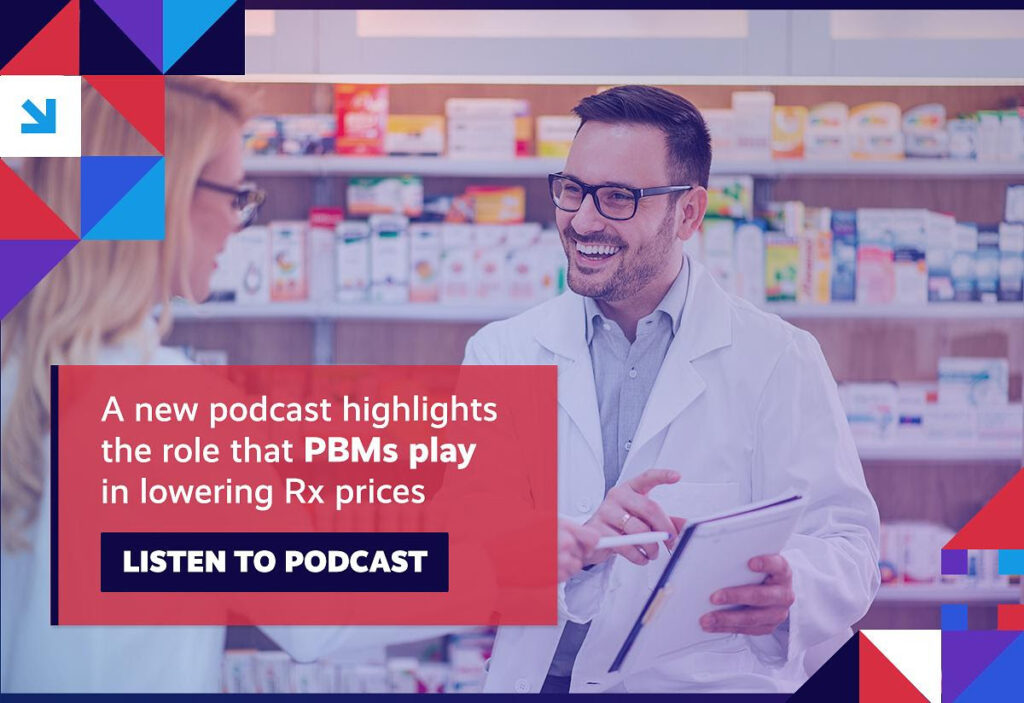
Rx Prices & Innovation: Despite rhetoric to the contrary, a growing body of evidence has established that we can, in fact, lower drug prices without compromising innovation. Actually, empirical analysis comparing what drugmakers charge for their products against what they spend on research and development has shown that the oft-repeated claim by the pharmaceutical industry that high prices are necessary to fuel innovation is false. It’s also important to remember that not every new drug is an innovative drug, as highlighted in a separate Deloitte study, which determined that only 20 percent of drugs categorized as “innovative” truly deserved that designation.
Employer-Provided Coverage: Approximately 177 million hard-working individuals and their families currently receive their health coverage through their jobs. With employers providing these benefits to more than half of all Americans now, it’s not hard to understand just how valuable this coverage has become. A newly launched campaign seeks to draw attention to the critical role that employer-provided coverage plays in the lives of so many by highlighting how these benefits connect employees to access to affordable care, effective ways to improve their health, and greater financial security.
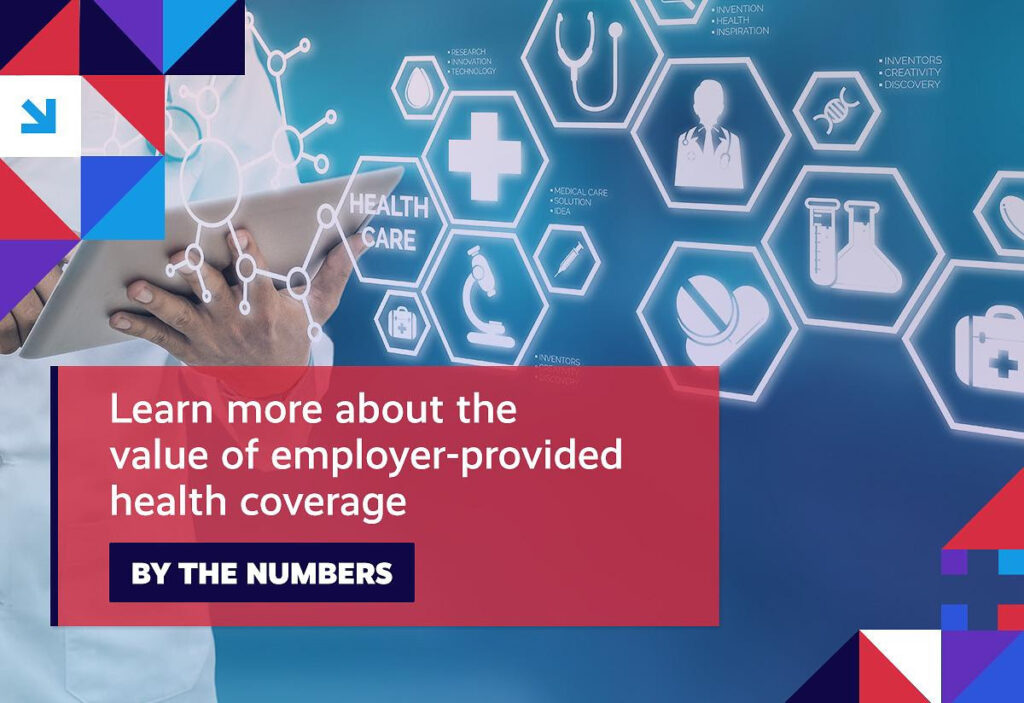
ER Fees: There’s no shortage of evidence – anecdotal and otherwise – that illustrates just how outrageous the cost of a visit to the emergency room (ER) can be. Recent data suggests that the issue continues to be fraught with financial exposure for patients at their most vulnerable moments. For instance, between 2012 and 2019, spending per person for an ER visit jumped more than 50 percent, with the average price of that visit clocking in at $1,055. As a focus on greater price transparency has worked to reshape the contours of healthcare delivery and access in this country, there’s a growing movement to force hospitals to disclose the facility fees they tack onto patients’ visits to their emergency departments.
Spotlight
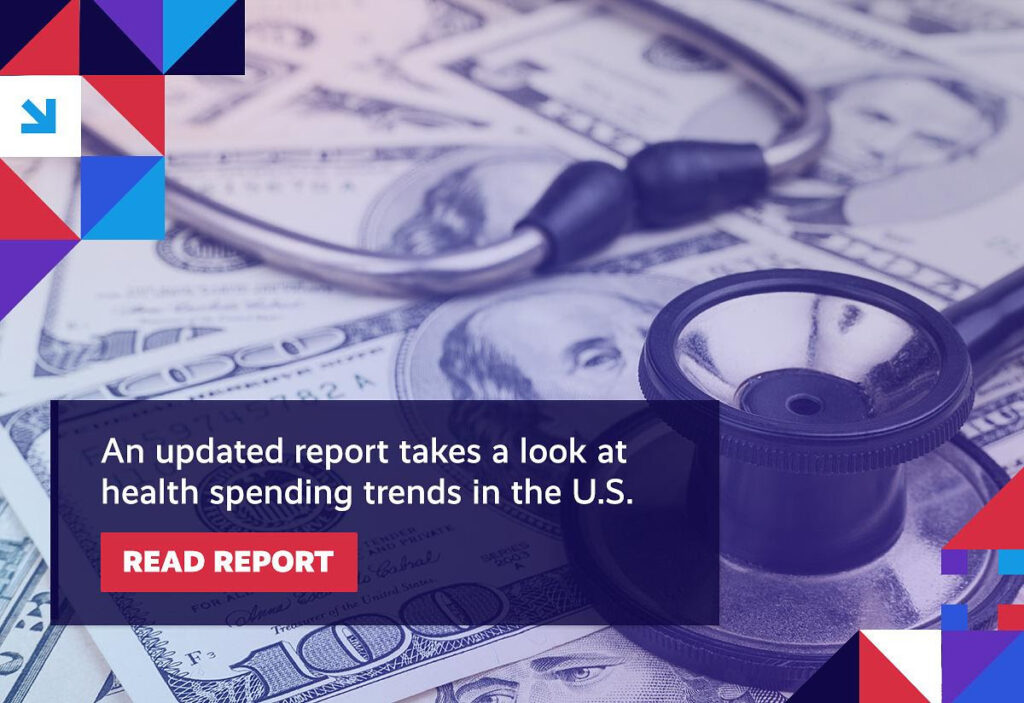
| You can keep up with the latest by following the Health Action Network on Twitter and by liking us on Facebook. And, be sure to check us out on LinkedIn, too. As always, let us know if there’s something you’d like to see covered in a future newsletter. |
